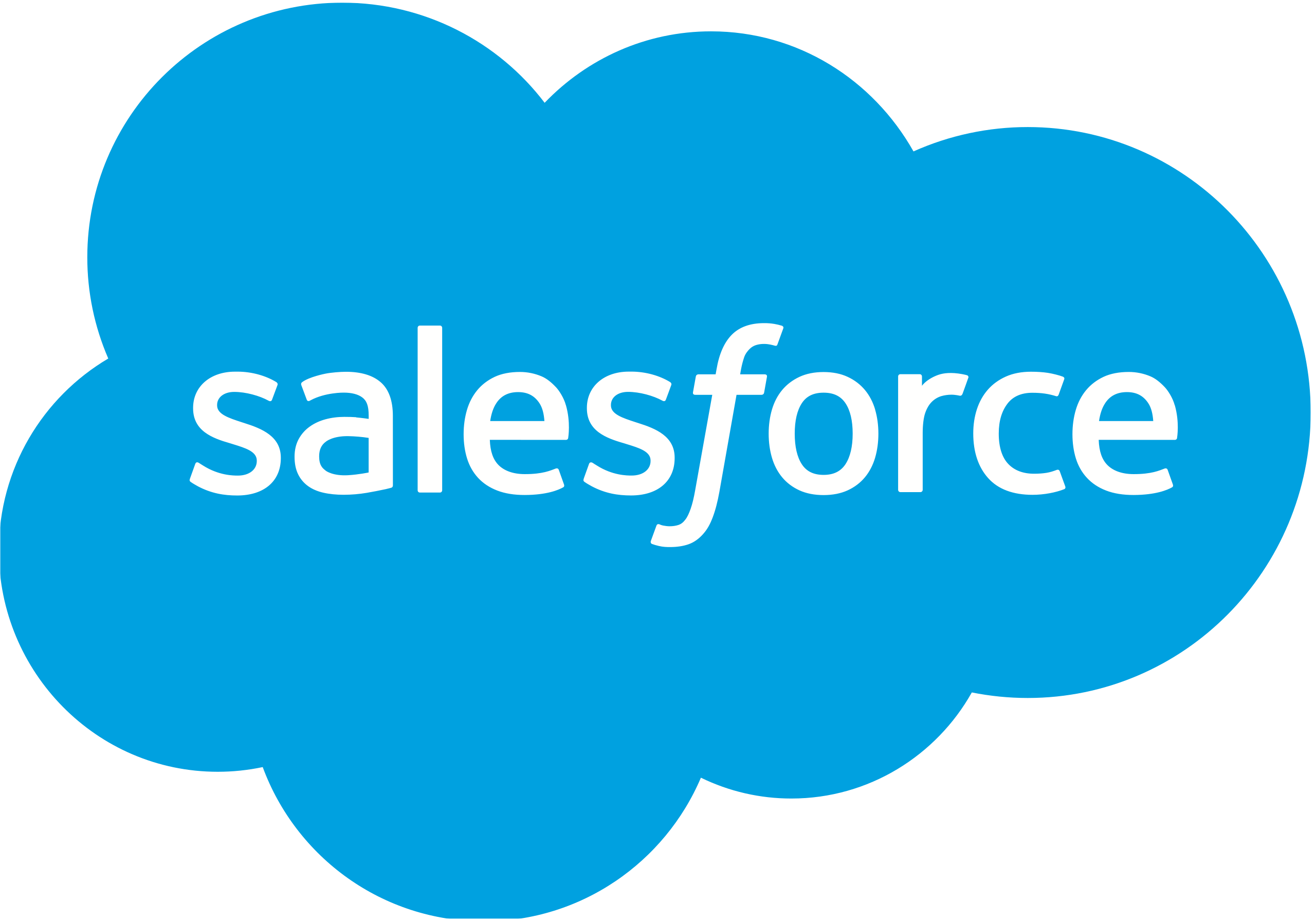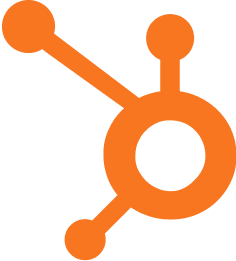Sales Forecasting Models: Predicting Future Revenue

Published on: October 01, 2024
What are Sales Forecasting Models?
Sales forecasting models are analytical frameworks and techniques used to predict future sales volumes, revenue, and performance based on historical data, market trends, and other relevant factors. These models range from simple statistical methods to complex machine learning algorithms, each designed to provide insights into future sales outcomes.
Why are Sales Forecasting Models Important?
Accurate sales forecasts are crucial for several reasons:
- Resource Allocation: Helps in efficient allocation of personnel, inventory, and financial resources
- Budgeting: Facilitates more accurate financial planning and budgeting
- Goal Setting: Assists in setting realistic sales targets and KPIs
- Strategy Development: Informs marketing and sales strategies
- Investor Relations: Provides data for stakeholder communications and investor relations
Types of Sales Forecasting Models
There are various sales forecasting models, each with its own strengths and applications:
1. Time Series Models
These models analyze historical data to identify patterns and trends over time. Examples include:
- Moving Average
- Exponential Smoothing
- ARIMA (AutoRegressive Integrated Moving Average)
2. Regression Models
Regression models examine the relationship between sales and various factors that might influence them. They include:
- Simple Linear Regression
- Multiple Linear Regression
- Polynomial Regression
3. Machine Learning Models
Advanced AI-driven models that can handle complex data and relationships:
- Random Forests
- Gradient Boosting Machines
- Neural Networks
4. Qualitative Models
Based on expert opinions and market research:
- Delphi Method
- Market Research
- Expert Opinions
Choosing the Right Sales Forecasting Model
Selecting the appropriate model depends on various factors:
| Factor | Consideration |
|---|---|
| Data Availability | Quality and quantity of historical data |
| Industry Type | Seasonal trends, market volatility |
| Forecast Horizon | Short-term vs. long-term predictions |
| Complexity | Resources available for implementation and maintenance |
Implementing Sales Forecasting Models
To effectively implement sales forecasting models:
- Collect Quality Data: Ensure your historical data is accurate and comprehensive
- Choose the Right Model: Select a model that fits your business needs and data availability
- Train and Test: Use part of your data to train the model and the rest to test its accuracy
- Continuously Update: Regularly update your model with new data to maintain accuracy
- Combine Methods: Use multiple models for a more robust forecast
Challenges in Sales Forecasting
While powerful, sales forecasting models face several challenges:
- Data Quality: Inaccurate or incomplete data can lead to poor forecasts
- Market Volatility: Rapid market changes can reduce forecast accuracy
- Over-reliance: Treating forecasts as certainties rather than predictions
- Complexity: Some advanced models require significant expertise to implement and interpret
The Future of Sales Forecasting Models
The field of sales forecasting is evolving rapidly, with advancements in machine learning and AI leading the way. Future trends include:
- Increased use of real-time data for more dynamic forecasting
- Integration of external data sources (e.g., economic indicators, social media trends)
- More sophisticated AI models capable of handling complex, non-linear relationships
- Greater emphasis on probabilistic forecasting, providing a range of possible outcomes
Sales forecasting models are invaluable tools in the modern business landscape. By leveraging these models effectively, organizations can gain a competitive edge, make data-driven decisions, and navigate the complexities of the market with greater confidence. 🚀💡
Implementing Sales Forecasting in Your Stack
As you consider implementing or improving sales forecasting in your organization, ask yourself:
- What type of data do we currently collect, and is it sufficient for accurate forecasting?
- Which sales management techniques align best with our business model and industry?
- How can we integrate sales forecasting into our existing CRM and analytics tools?
- What training do our teams need to effectively use and interpret sales forecasts?
- How can we use sales variance analysis to improve our overall revenue operations strategy?
















